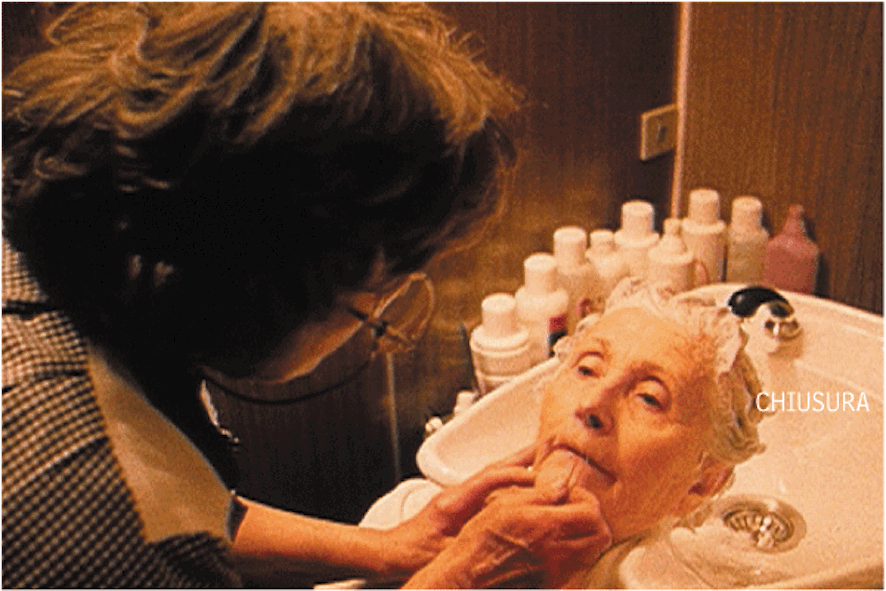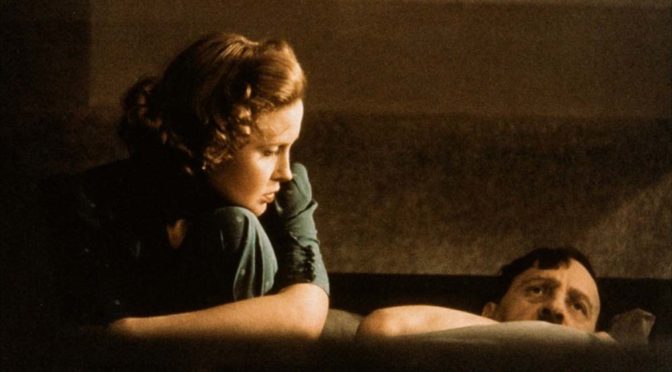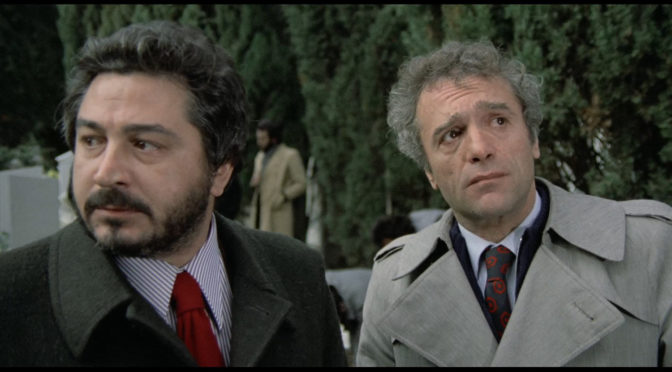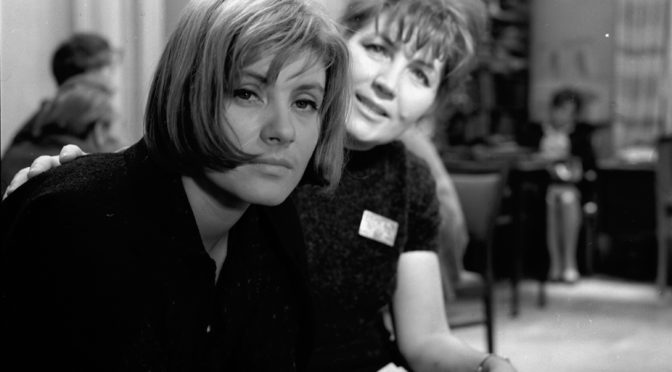Article by: Cristian Cerutti
Translated by: Simone Gasparini
Reviewing Chiusura by Alessandro Rossetti twenty-one years after its release makes the analysis of the film even more arduous. Seeing a world that doesn’t exist anymore and sensing the awareness that the world itself had that it had reached a terminal stage – the end of a millennium and all the fears attached to it – generates in the viewer a mixture of anxiety and tenderness. There is love for a fading past but, concurrently, there is the awareness that not much has changed. Even years later, the province remains a swampy, stagnant place that is difficult to escape from but, through the cinematic image, it simultaneously gains a romantic and fascinating appeal. It is precisely the ability to show this double soul of the province and this gap between fading tradition and advancing modernity that makes Alessandro Rossetto’s cinema great. Chiusura, as said by the director himself, is a film that, years later, has become a reflection of the passing of time.
Read all: “CHIUSURA” BY ALESSANDRO ROSSETTOThe documentary, which has been restored by Istituto Luce under Rossetto’s supervision, follows the closure of Mrs. Flavia’s hair salon after 44 years of activity. The director, an anthropology graduate, carefully examines the small gestures of this world, the words of the inhabitants who inhabit it, and the conflicts which animate it. Alongside this world, there are others: the circus which comes to town and the local women’s soccer team. The observation of these worlds focuses in the same way on the imperceptible rituals and conflicts, and on the personal emotions of the people who inhabit them.

However, hovering over this microcosm is the winter fog, a constant element of the film, which amplifies the feeling of stillness and even of finality, namely the closure of a period that has come to its end. Nevertheless, what stands out is the beauty of these elements and real cinema’s ability to give charm to the things of ordinary life. The feeling of paralysis transcends and becomes beauty: personal gestures, words and speeches become captivating and fascinating in the eyes of the viewer.
Elapsed time thus amplifies the experience of viewing Chiusura, to which the reflections on time and the end of an era are added in retrospect to a period that has now passed, but whose emotions and feelings remain incredibly vivid.




